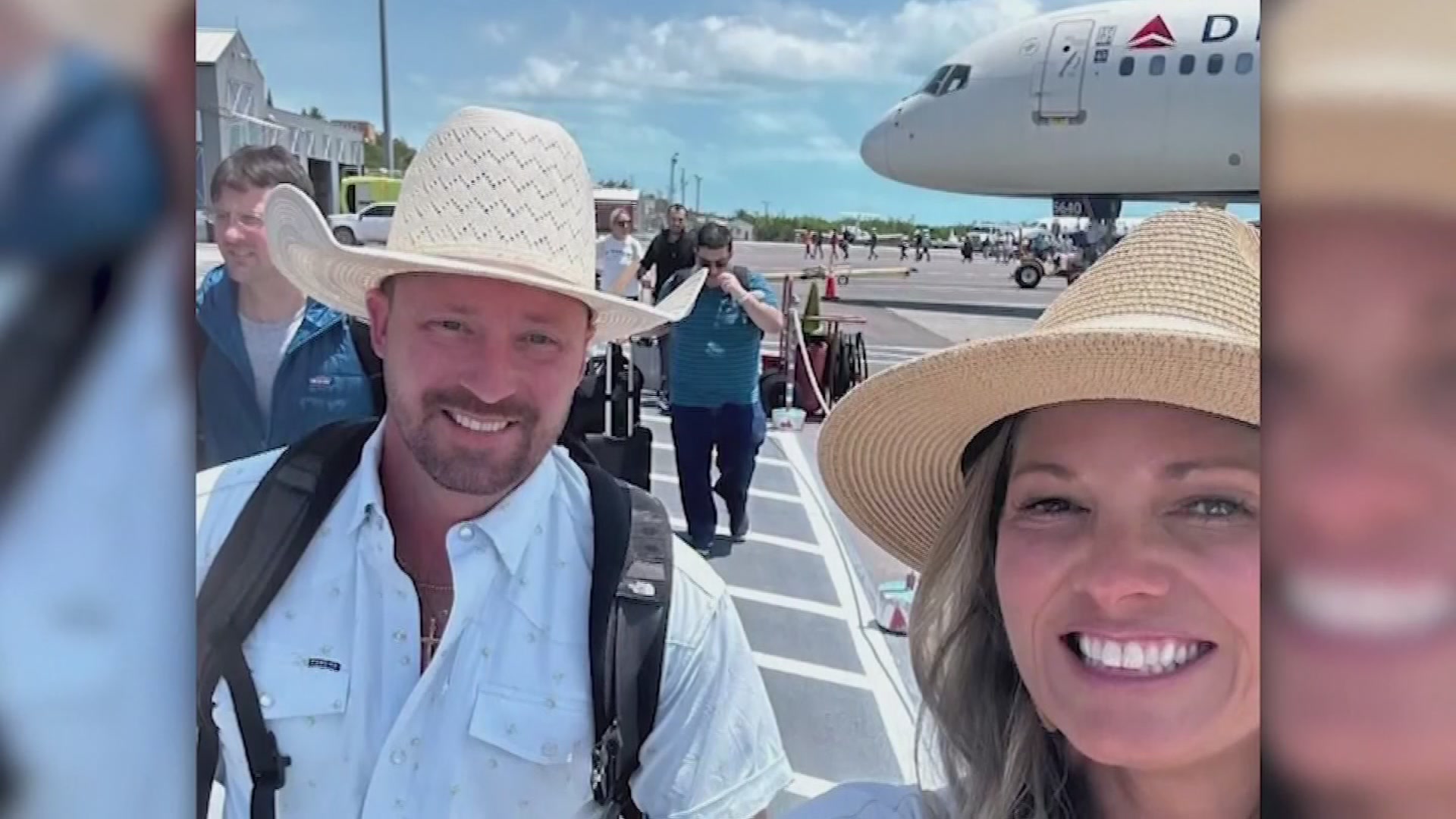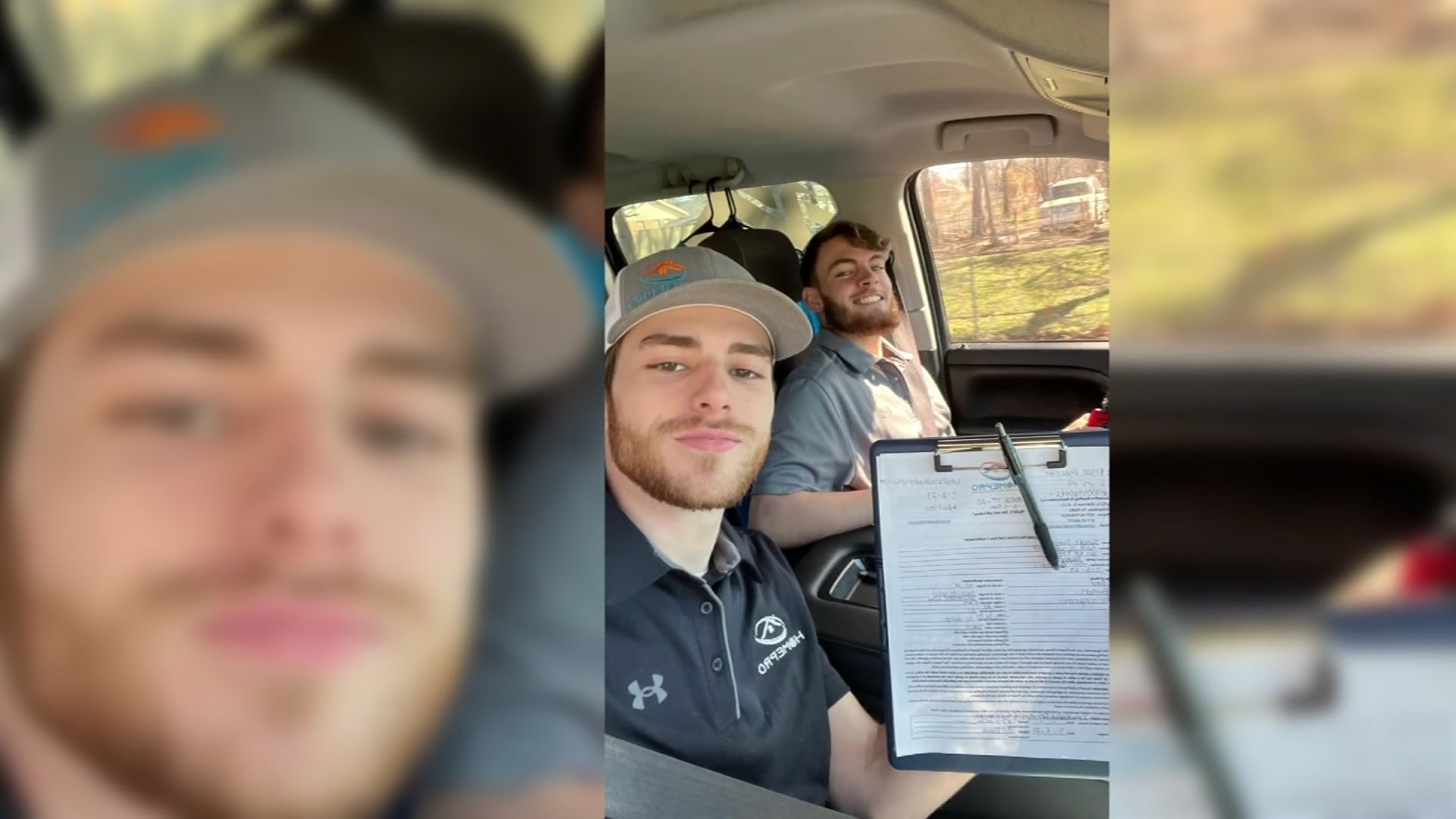On a recent sunny evening downtown, locals enjoying after-work beers were startled when a big black bird flew right into the bar and started eating peanuts off the pool table.
The brazen grackle was one of dozens filling a tree across Calhoun Street from Malone's Pub near the Fort Worth Convention Center and Intermodal Transportation Center.
A few hours later, the grackle was back on the same pool table. (Manager Brandon Cater says he is sure it was the same bird: Its flat head had a bare patch.)
The bird munched on a cricket it had brought along for a snack. And that's not the worst of it. Cater said they leave droppings all over sidewalks and cars.
It's that time of year again in North Texas, when large flocks of grackles cover trees and power lines at intersections and take flight with loud squawks and flapping wings.
Fall is the worst time for the birds, which migrate from the North and Midwest, said Mike Keller, the city of Fort Worth's field operations supervisor for the downtown area.
"I would say there are hundreds of thousands in Tarrant County," Keller told the Fort Worth Star-Telegram.
Local
The latest news from around North Texas.
At the train station, Keller prepared to use a cannon set up in the back of a city truck to scare the grackles. This was the first week Keller got to use the new device, which comes with a remote so the timing of the noises is controlled.
Only hot air comes out of the cannon, he said.
"In the past, the cannon just fired randomly," Keller said before he pressed a button that set off a loud bang.
The noise sends the grackles swarming across the sky as the truck moves along Jones, Calhoun and Throckmorton streets and Lancaster Avenue.
The previous, randomly firing cannon was so bothersome Keller said people walking downtown would approach his truck and ask him to stop what he was doing.
City trucks fire the cannons on the perimeter of downtown 30 minutes before sunset and 30 minutes after.
In Sundance Square, workers use slap sticks to wake sleeping birds. Some of the sticks are made of wood, some of metal and some of PVC.
Although they have no long-term effect, the loud claps awaken the birds, which tend to go to sleep 45 minutes after dusk, said Rodney Beaman, president of Fort Worth Pest and Texas Bird Services.
After the birds wake up, the workers point red or green high-powered lasers to scare them off.
"It confuses them," he said. "They see them as a danger, but they don't know why. They can't adapt to the light so they leave."
Red lasers cover more area on the trees, while the green lasers can concentrate on specific spots.
Downtown Fort Worth Inc. contracts with Beaman's company to take care of Sundance Square with the lasers, foggers and sometimes a falconer. Raptors are brought out for particularly stubborn grackles, Beaman said.
On Sunday city officials decided they would not continue with the cannons this week as the flocks had thinned out. The cannons are brought out as needed in fall and early winter.



